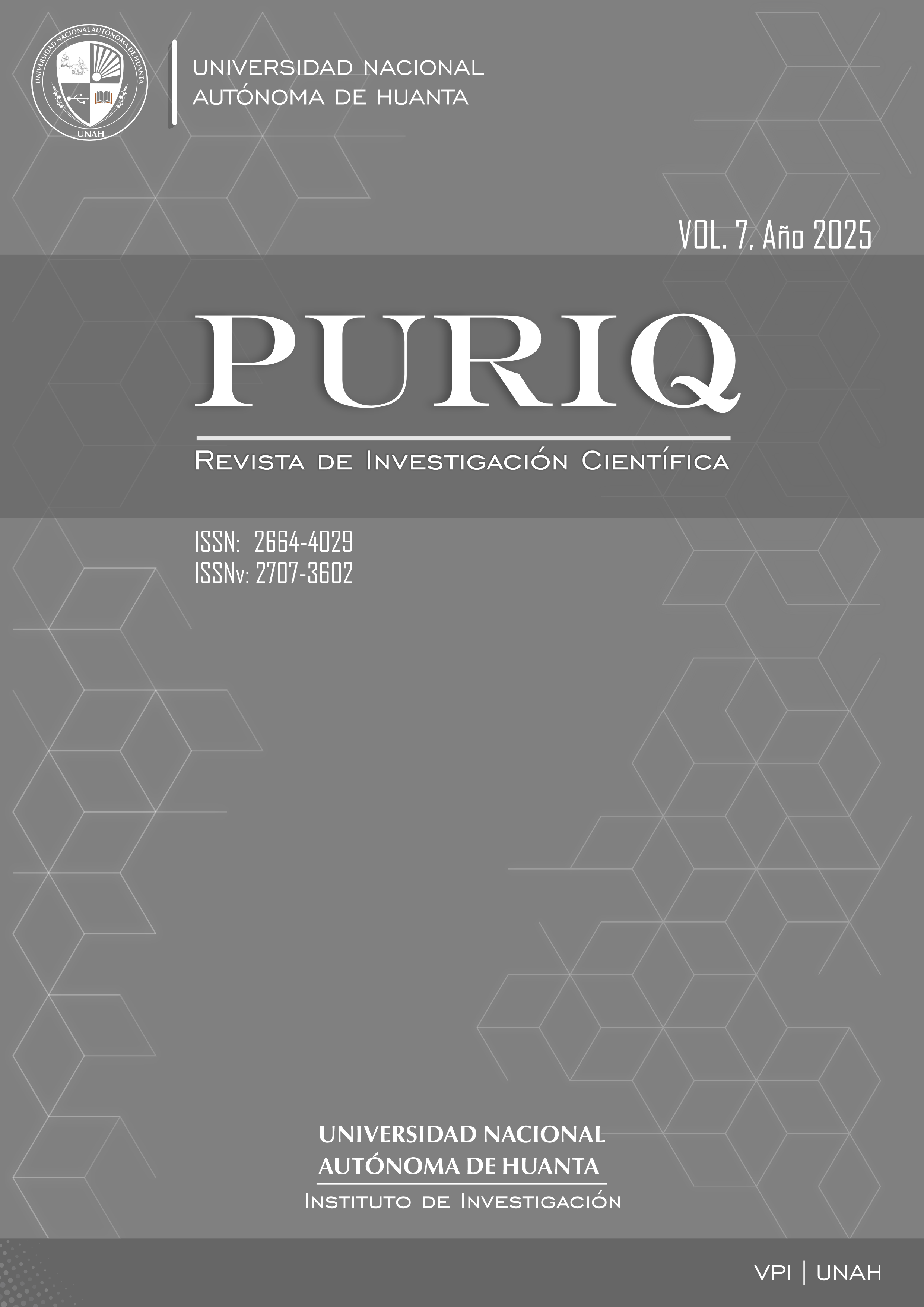Gose, P. (2004). Deadly Waters and Hungry Hills: Agrarian Rites and Class Formation. Ecuador: Abya-Yala, 365 pp.
Published 2025-02-19
Keywords
- Ritual,
- ayni,
- symbolism,
- t'inka,
- class identity
How to Cite
Copyright (c) 2025 Juan Ramos-López, Lucio Alberto Sosa-Bitulas

This work is licensed under a Creative Commons Attribution 4.0 International License.
Métricas alternativas
Abstract
The book Deadly Waters and Hungry Hills: Agrarian Rites and Class Formation in an Andean Village by Peter Gose (2004) examines the relationship between agrarian rites and class formation in the Huaquirca community, aiming to understand how these rites and agricultural practices reflect and reproduce class dynamics. Through ethnographic research conducted in Huaquirca, where he lived for 18 months between 1981 and 1983, employing participant observation and in-depth interviews, Gose concludes that the agrarian rites in the community reveal and reproduce the contradictions between production relations and appropriation relations. The study demonstrates how collective production coexists with the unequal appropriation of resources by elites and dominant classes, highlighting the central role of these rituals in the formation and legitimisation of class hierarchies.
Downloads
References
- Gose, P. (2004). Aguas mortíferas y cerros hambrientos: rito agrario y formación de clases en un pueblo andino. Abya-Yala. https://digitalrepository.unm.edu/abya_yala/555
- Ramos, J. (2024). La organización sociocultural de la costumbre del Yarqa Aspiy en la comunidad Llusita-Ayacucho. METANOIA: REVISTA DE CIENCIA, TECNOLOGÍA E INNOVACIÓN, 10(1), 83–93. https://doi.org/10.61154/metanoia.v10i1.3282






